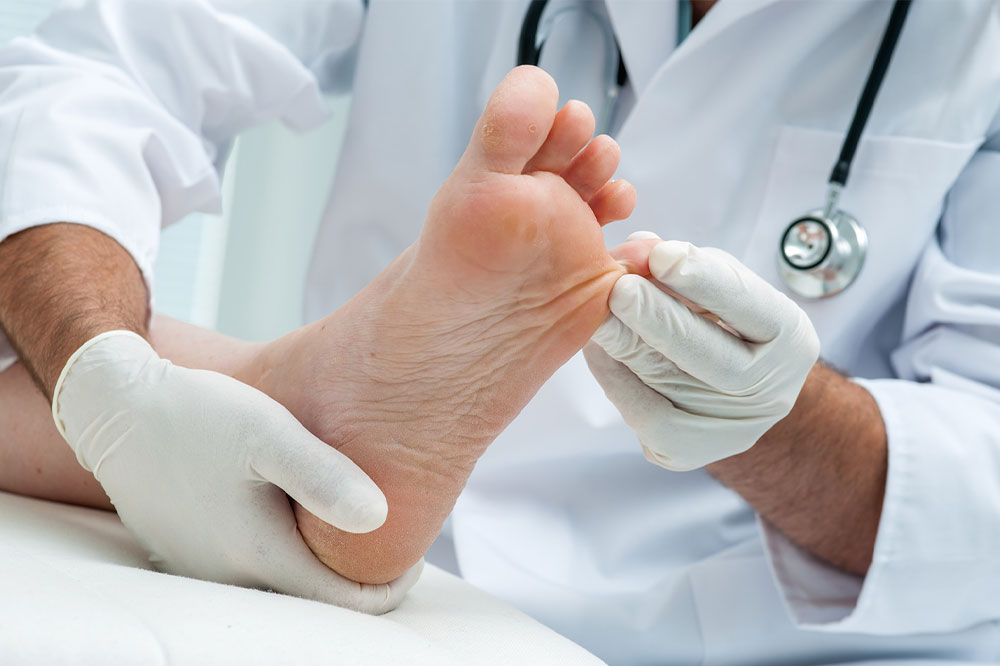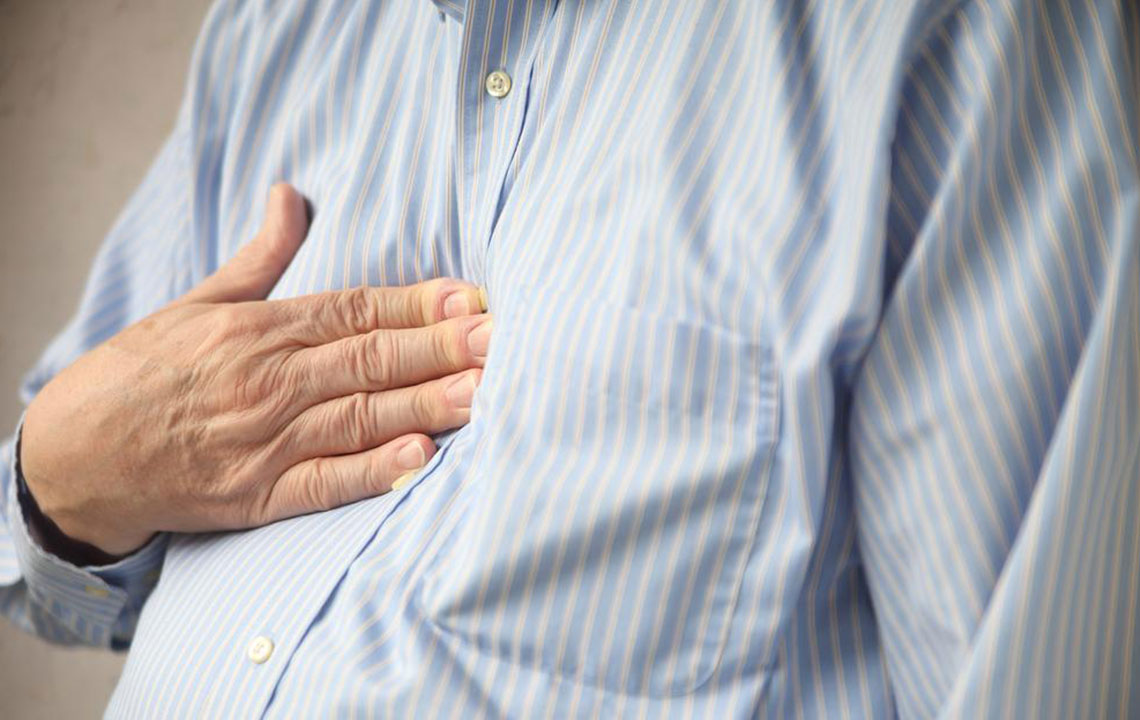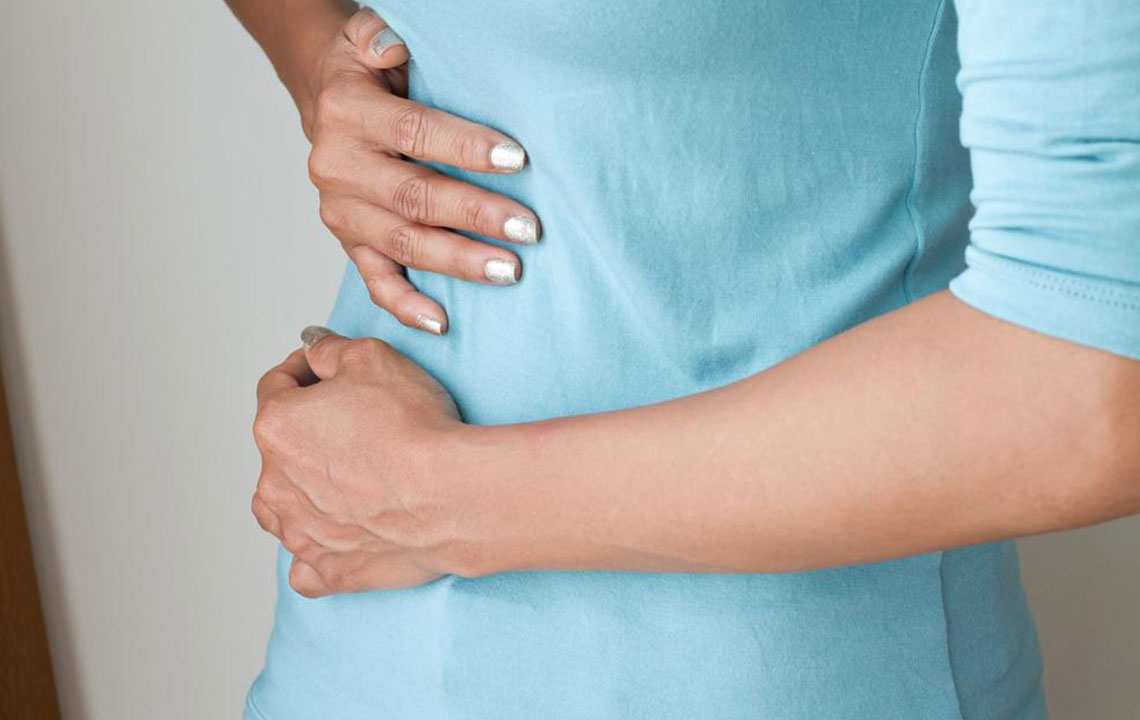Understanding Dupuytren’s Disease: Causes, Symptoms, and Natural Management
This article explores Dupuytren’s disease, highlighting its causes, symptoms, and natural management options. It emphasizes early lifestyle changes, exercises, dietary adjustments, and hand protection techniques to improve hand mobility and reduce progression. While there's no cure, proactive care can alleviate symptoms and delay severe outcomes, making early intervention vital for maintaining hand function and quality of life.

Understanding Dupuytren’s Disease: Causes, Symptoms, and Natural Management
Dupuytren’s disease causes the fingers to curl inward due to abnormal thickening of the connective tissue in the palm. This condition can hinder daily activities, making gripping objects difficult. Its exact origin remains unknown, but genetics seem to play a significant role. The disease primarily affects the fascia, a tissue layer beneath the skin, leading to cord formation that restricts finger movement. While there is no permanent cure, early intervention through lifestyle adjustments can help manage symptoms effectively.
What Is Dupuytren’s Disease?
It involves thickening and tightening of tissue in the palm and fingers. The fascia, a fibrous layer covering nerves, tendons, and muscles, especially thickens and forms cords that may look like tendons but are immovable. It most frequently impacts the ring and middle fingers. Adopting healthy habits can slow progression, particularly in early stages.
The exact cause remains uncertain, but factors like familial history and associated conditions such as diabetes, epilepsy, and vascular issues increase risk. Men are generally more affected than women, and the likelihood rises with age, especially after 40. The condition develops gradually over time, often unnoticed initially.
Recognition of Symptoms
Early signs include difficulty in laying the hand flat or opening the palm fully. Though painless initially, symptoms can impair finger movement. Common indicators are:
Indented or pitted skin on the palm
Thickened, hardened skin
Persistent bent fingers
Presence of nodules or lumps
Reduced grip strength
Poor finger flexibility
Thick bands under the skin of fingers
Managing the Condition with Lifestyle and Natural Remedies
Though no cure exists, mild cases may be managed with exercises and lifestyle changes. The focus is on improving finger mobility and preventing further progression.
Stretching and Exercises
Regular hand exercises can slow or halt disease advancement. Examples include:
Palm lifts: Rest your hand on a flat surface, lift and lower your palm, holding each position temporarily.
Finger lifts: While resting your hand flat, lift each finger individually.
Hand pressing: Press palms together like in prayer, stretching the tissues.
Dietary Adjustments
Eating anti-inflammatory foods, limiting fats, and focusing on fresh, whole foods can help reduce symptoms. Maintaining a healthy diet supports overall hand health.
Massage Techniques
Gentle massages using unaffected hand or assistance can alleviate symptoms. Massage oils or lotions can enhance relief and improve circulation.
Protect Your Hands
Avoid overexertion and protect sensitive skin to prevent nodule formation. Wearing gloves during strenuous activities and temperature therapies can help manage discomfort. Reducing oxidative stress through balanced nutrition and physical activity is key to long-term health.
Incorporating these natural strategies early can improve hand function, minimize discomfort, and potentially delay or avoid surgical intervention. If symptoms worsen, consulting a healthcare professional is recommended. Early action is crucial for better outcomes.










